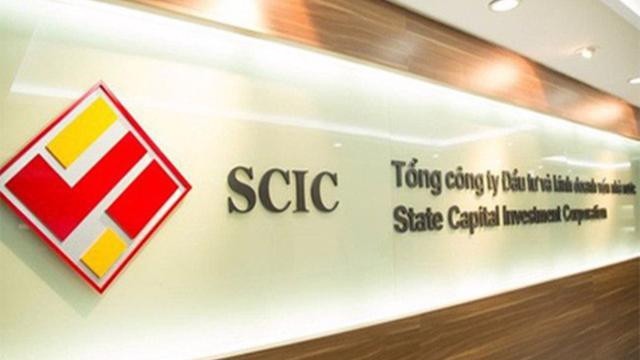SOEs’ bad debt a threat to public debt payment
SOEs’ bad debt a threat to public debt payment
The government would have to come forward to make payment for the debts incurred by state owned enterprises (SOEs), which would be a threat to the national economy.

Phap luat Vietnam has quoted foreign sources as saying that Vietnam’s total public debts have reached $71.749 billion, or 49.4 percent of GDP, which means that every Vietnamese bears the public debt of $800.
The public debt, according by the Ministry of Finance, is still within the safety line. Vietnam has decided that its public debt in 2011-2020 must not exceed 65 percent of GDP.
Dau tu newspaper has quoted a report of the ministry as reporting that the ratio of public debt on GDP has fallen from 56.3 percent to 54.9 percent by the end of 2011.
According to IMF (International Monetary Fund) and the World Bank (WB), with the public debt at 54.9 percent of GDP, which, though having exceeded the threshold of 50 percent of GDP, Vietnam still is within the safety line in terms of medium term debts.
Vietnam’s public debts technically are not as serious as the debts incurred by the eurozone’s members. However, the public debt crisis in Europe has been, to some extend, still badly affecting Vietnam’s public debt situation, because the EU is a big economic, trade and investor partner of Vietnam.
However, while the ratio of debt on GDP has decrease, the volume of public debts has increased significantly over the last two years. The total debts guaranteed by the government have increased from 11.9 billion dollars and VND226 trillion in 2010 to $13.7 billion and VND285 trillion in 2011. The government’s debts have increased from $46.9 billion and VND890 trillion to $52.7 billion and VND1,000 trillion.
According to Vuong Dinh Hue, Head of the Central Economics Committee, the loans have been playing an important financial source for the investment and development.
Hue also said that the government has been doing everything it can to curb the public debt ratio on GDP at no more than 65 percent, while the foreign sovereign debts must not be higher than 50 percent of GDP.
Commenting about the bad debt situation, Dr. Pham The Anh from the Hanoi Economics University, said the highest risk does not lie in the debts reported by the Ministry of Finance, but in the SOEs’ bad debts, because the government would have to use the state budget’s money to pay debts for the big debtors. This would be a threat to the public debts.
Anh has also mentioned the foreign debts incurred by the private economic sector and the SOEs which have not been guaranteed by the government, estimated at 11.1 percent of GDP. The domestic debts incurred by SOEs account for approximately 16.5 percent of GDP.
He stressed that if counting on the debts, the public debts have far exceeded the safety threshold of 60 percent of GDP recommended by the IMF and WB.
While highly appreciating the government’s efforts to reduce the public debt, but Anh still expressed his worry about the public debt payment. The high risk now lies in the domestic debts.
While foreign debts all have low interest rates and will become matured in a long period, 88 percent of the debts from government bond and government-guaranteed bond issuances have the short terms of 2-5 years.
As such, while Vietnam can make payment for foreign debts for many years (paying $1.5-2 billion a year), it will have to make payment for domestic debts at the same time in the near future. It is estimated that it will have to pay $4.5-5 billion a year in the next four years.
vietnamnet




























